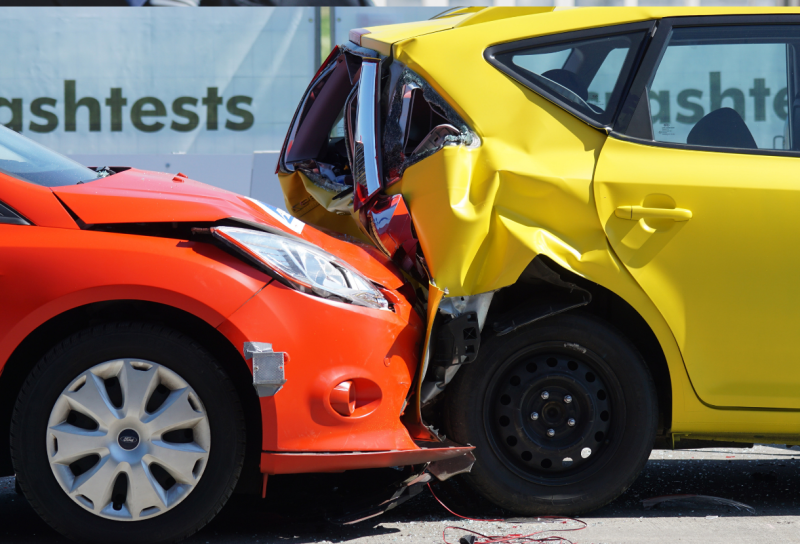If you’re considering ending your car insurance services, it’s essential to follow specific steps to ensure a smooth process. Here’s a guide on how to terminate car insurance:
Steps to Close Car Insurance Services:
1. Review Your Policy:
- Examine your insurance policy documents thoroughly to understand cancellation terms, any potential penalties, and the notice period required for cancellation.
2. Determine Reasons for Cancellation:
- Identify the reasons for canceling your car insurance, whether it’s due to switching providers, selling your vehicle, or other personal reasons.
3. Contact Your Insurance Provider:
- Reach out to your insurance company’s customer service department via phone, email, or online account portal.
- Provide necessary policy details, such as your policy number and personal information, when initiating the cancellation process.
4. Follow Cancellation Procedures:
- Follow the specific procedures outlined by your insurance company for cancellation.
- Some insurers may require a written request or a formal cancellation form to be submitted.
5. Request Confirmation and Documentation:
- Ask for written confirmation of your cancellation request and the effective date of the policy termination.
- Keep a copy of the cancellation confirmation for your records.
6. Fulfill Any Obligations:
- If switching to a new insurer, ensure the new policy is active before canceling the current one to avoid a lapse in coverage.
- Fulfill any outstanding premium payments or financial obligations to avoid penalties.
7. Return Required Documents:
- Return license plates or any other documentation as per your state’s regulations and insurer’s instructions, especially if selling or disposing of your vehicle.
8. Review Refund Policy:
- Inquire about potential refunds for prepaid premiums if applicable. Insurance companies often provide prorated refunds for the unused portion of the policy.
9. Ensure Continuous Coverage:
- Avoid a coverage gap by ensuring that your new policy, if applicable, becomes effective before the cancellation of your current insurance.
10. Confirm Cancellation Completion:
- After the cancellation takes effect, verify that the insurance company has officially terminated your policy.
Considerations:
- Some insurance providers may charge a cancellation fee or have penalties for early termination.
- Ensure continuous coverage to comply with state laws and avoid potential legal consequences or fines.
Before canceling your car insurance, consider discussing your situation with your insurance agent or representative. They may offer alternative solutions or options that better suit your needs, such as adjusting coverage or policy terms instead of outright cancellation.
